But most marketers are still scrambling last-minute to get their campaigns out the door.
Why?
Because they’re missing the critical dates that dictate when planning, creation, and promotion need to happen.
The secret weapon for a stress-free holiday season? Knowing the dates that really matter-not just Black Friday and Cyber Monday.
Get these on your calendar, and you’ll be way ahead of the game. Miss them, and you might as well take the rest the year off.
The Important Dates You Need to Know for Content Planning
Given the global nature of content and the fact that holiday importance varies by region, I’ll focus on a broad selection that includes international and UK-specific dates.
This list will be useful for a content marketing advisor and AI content writing software company owner like yourself, as it will help in planning diverse content throughout the year.
For each event, I’ll also suggest a planning start date. The planning duration varies depending on the complexity of the content, the level of competition, and how significant the date is for your audience. As a rule of thumb, major holidays and events should have longer lead times due to higher competition and more elaborate content needs.
January
- New Year’s Day (January 1): Start planning by November 1.
- Martin Luther King Jr. Day (Third Monday in January, US): Start planning by November 20.
- Blue Monday (Third Monday of January): Start planning by December 1.
February
- Valentine’s Day (February 14): Start planning by December 15.
- Groundhog Day (February 2, US and Canada): Start planning by December 3.
- Chinese New Year (Varies, late January or February): Start planning by November 1.
- World Cancer Day (February 4): Start planning by December 5.
- Safer Internet Day (Second day of the second week of February): Start planning by December 15.
March
- International Women’s Day (March 8): Start planning by January 8.
- St. Patrick’s Day (March 17): Start planning by January 17.
- Pi Day (March 14): Start planning by January 14.
- Holi (Varies, March): Start planning by January 1.
April
- April Fool’s Day (April 1): Start planning by February 1.
- Easter (Variable date, March or April): Start planning by January 1.
- Earth Day (April 22): Start planning by February 22.
- St George’s Day (April 23, England): Start planning by February 23.

May
- May Day/Bank Holiday (First Monday of May): Start planning by March 1.
- Mental Health Awareness Week (Second or third week of May): Start planning by March 15.
- Star Wars Day (May 4): Start planning by March 4.
- Cinco de Mayo (May 5): Start planning by March 5.
- Eurovision Song Contest (Varies in May): Start planning by March 1.
- My Birthday (May 16th) Come say hi on LinkedIn 😀
June
- Pride Month (June): Start planning by April 1.
- Father’s Day (Third Sunday in June): Start planning by April 20.
- World Oceans Day (June 8): Start planning by April 8.
- Juneteenth (June 19, US): Start planning by April 19.
- World Environment Day (June 5): Start planning by April 5.
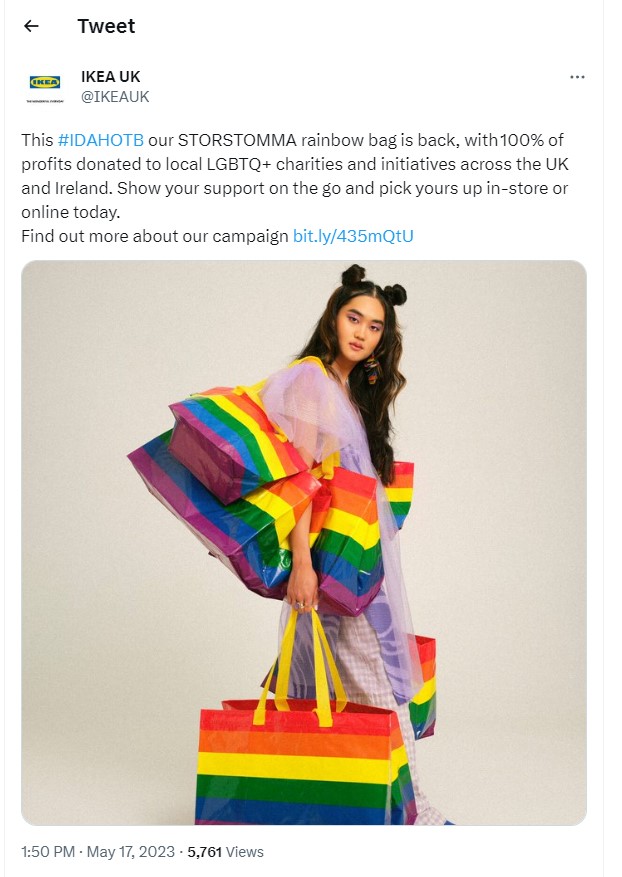
July
- Independence Day (July 4 for US content): Start planning by May 4.
- Summer break (Varies by region, generally July-August): Start planning by May 1.
- World Population Day (July 11): Start planning by May 11.
- Bastille Day (July 14, France): Start planning by May 14.
August
- Bank Holiday (Last Monday of August in UK): Start planning by June 30.
- International Youth Day (August 12): Start planning by June 12.
- International Left Handers Day (August 13): Start planning by June 13.
- World Humanitarian Day (August 19): Start planning by June 19.
September
- Back to School (Early September, varies): Start planning by July 1.
- International Literacy Day (September 8): Start planning by July 8.
- International Coffee Day (September 29): Start planning by July 29.
- World Tourism Day (September 27): Start planning by July 27.
October
- Halloween (October 31): Start planning by August 31.
- World Mental Health Day (October 10): Start planning by August 10.
- World Teacher’s Day (October 5): Start planning by August 5.
- Canadian Thanksgiving (Second Monday in October): Start planning by August 10.
- Diwali (Varies, October or November): Start planning by August 1.
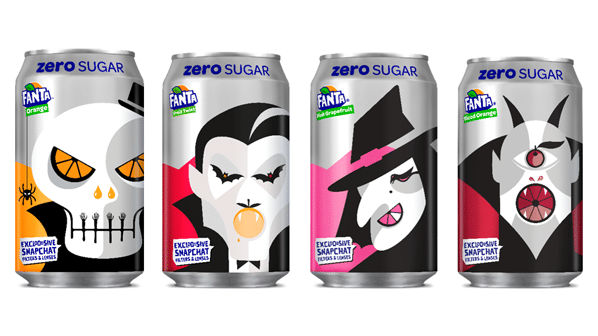
November
- Bonfire Night (UK, November 5): Start planning by September 5.
- Remembrance Day (UK, November 11): Start planning by September 11.
- Thanksgiving (US, fourth Thursday in November): Start planning by September 25.
- Black Friday (Day after US Thanksgiving): Start planning by September 25.
- World Vegan Day (November 1): Start planning by September 1.
- Singles’ Day (November 11, China): Start planning by September 11.
- World Children’s Day (November 20): Start planning by September 20.
December
- Christmas Day (December 25): Start planning by October 25.
- Boxing Day (December 26): Start planning by October 26.
- New Year’s Eve (December 31): Start planning by October 31.
- Hanukkah (Varies, November or December): Start planning by September 1.
- Winter Solstice (December 21): Start planning by October 21.
- Kwanzaa (December 26 – January 1): Start planning by October 26.
Recurring
- Seasonal Changes (Spring, Summer, Autumn, Winter starts): Plan 2 months ahead.
- International Day for [Various Themes] (Various): Typically, plan 2 months ahead.
- Cyber Monday (Monday after US Thanksgiving): Start planning by September 25.
- International Men’s Day (November 19): Start planning by September 19.
- Fashion Weeks (Varies, in major fashion capitals around February/March and September/October): Start planning 3 months ahead.
- Tech and Industry Conferences (Varies): Start planning at least 3-4 months ahead, depending on the scale.
This list covers many of the significant dates and suggests planning times, but it’s crucial to tailor it to your specific audience and region, especially since public holidays and school breaks can vary. Additionally, stay attuned to any new or trending events within your industry or audience interest areas to add to your calendar.
How to Create Your Holiday Marketing Calendar
Take your cue, seasoned marketers! The clock is ticking and there’s no time like the present to outline your holiday marketing calendar.
- Pinpoint critical holidays relevant to your brand.
- Strategically mold your content to these events.
- Proactively organize and schedule your content.
Once you’ve mastered these steps, you’ll be privy to powerful opportunities to connect with your audience and boost sales.
Step 1: Identify Key Holidays for Your Business
Time to wave goodbye to generic, untargeted holiday marketing. Refine your approach by keying onto holidays that align with your brand’s values, products, and audience. Use these 3 key steps:
- Run a comprehensive sweep of the annual holiday calendar: Be more than just Christmas and Black Friday – the year is teeming with lesser-known yet impactful events like Small Business Saturday or National Coffee Day.
- Dissect your business model and product line-up: Are you a jeweler? Then Valentine’s Day could well be your Black Friday. Do you run a fitness blog? Jump on the ‘new year, new me’ bandwagon come January. Reflect the diversity and specificity of your products in your holiday choices.
- Bring your audience into the picture: Dive into customer data to gain understanding of their demographics, geographic location, and shopping habits. Tailor your holiday choices to this goldmine of insights.
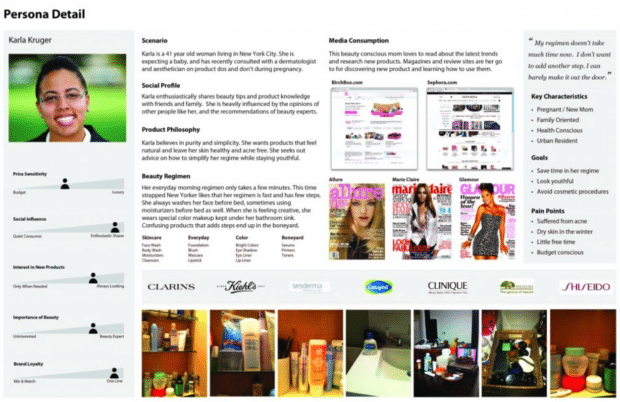
Step 2: Plan Your Content Around These Holidays
Identifying suitable holidays is only half the battle. It’s time to get your creative juices flowing and tailor your content to these dates. Go beyond generic holiday greetings – craft messages that resonate with your audience and reflect your brand.
- Align your content tone and style with the holiday. Black Friday deals can be punchy and persuasive, while Earth Day posts should lean towards informative and engaging.
- Don’t neglect the power of unique holiday-themed elements. Be it captivating images, catchy hashtags, or themed product launches, innovative content can set your brand apart in the holiday noise.
- Incorporate marketing objectives within your content. Whether it’s driving website traffic, boosting purchase conversions or increasing email signups, cater your content to deliver your goals.
Step 3: Schedule Your Content in Advance
You’re almost there. You’ve identified key holidays and crafted tailored content. Now, it’s all about making these plans a reality – and that starts by scheduling your content in advance.
Effective scheduling is more than just beating deadlines. It’s releasing your content at the time when it’s most likely to be seen and interacted with by your target audience.
- Use analytics: This will help to determine optimal posting times and schedule your holiday messages accordingly.
- Maximize the use of social media management tools: These can automate your content posting and free your resources for real-time engagement.
- Regularly review your content calendar: Keep up with upcoming holidays and ensure you’re ahead of the game.
With this final step, you close the loop on your holiday marketing calendar, realizing the potential of holiday marketing. With the right plan and preparation, you’re primed to seize the holiday season to its fullest. Now’s your chance to capitalize on the seasonal sentiment and surge ahead in the competitive landscape.
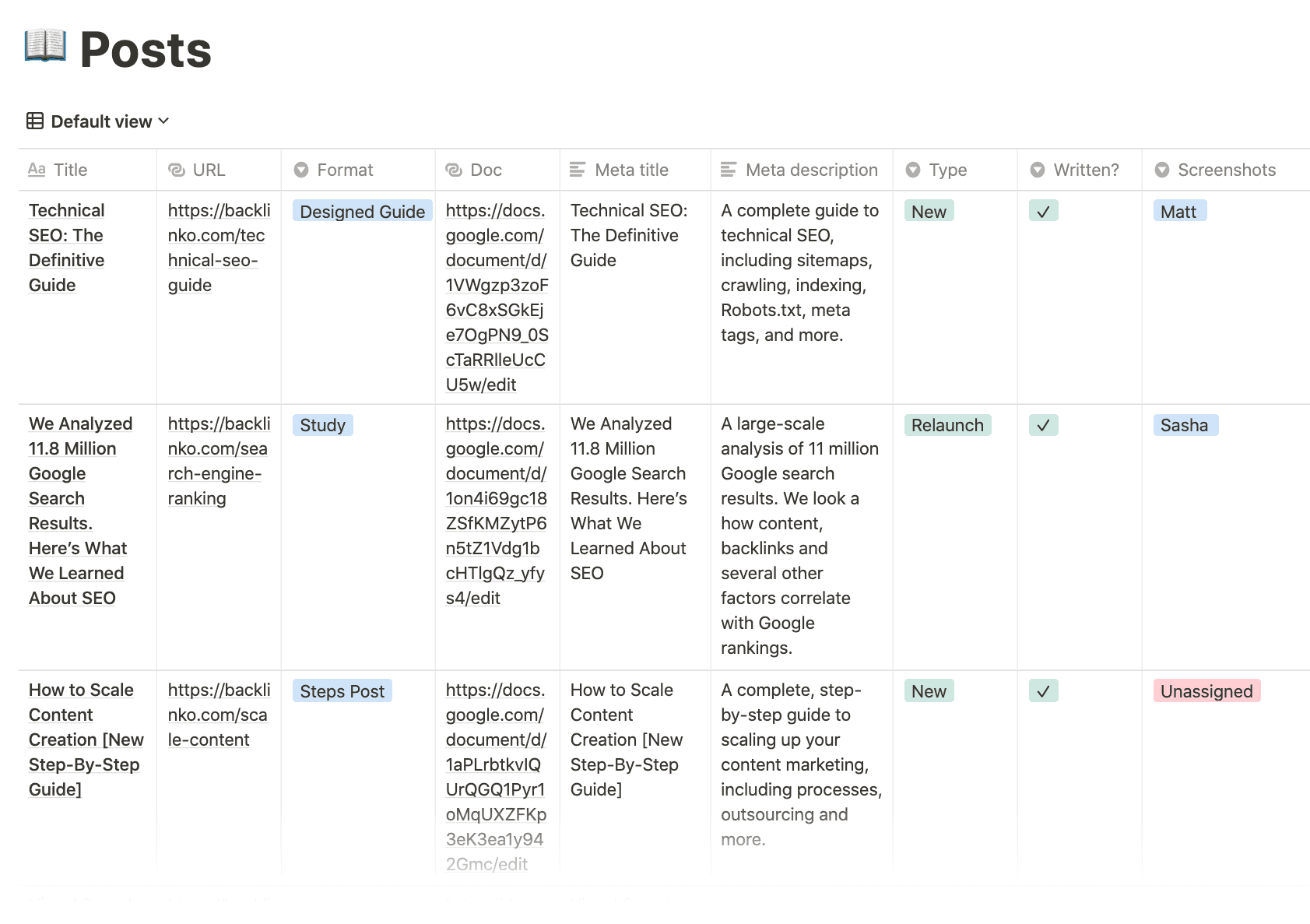
Content Planning Strategy for Holidays
- Uncover your audience’s unique holiday behaviors.
- Sync your content with holiday themes to boost engagement.
- You will learn how to refine your holiday content to fit your audience’s needs and preferences better.
Understanding Your Audience’s Holiday Behavior
Getting under the skin of your audience’s behavior during the holiday season can fortify your content strategy. Insight into what your audience likes to do, what they buy and their preferred communication channels can guide your content ideation process and ensure your campaigns resonate deeply with them. To gather these insights, try:
Using Data to Understand Behavior: Leverage data analytics to comprehend your audience’s holiday behavior better. Your analytics dashboards can reveal useful insights, like the type of content that drove the most engagement, successful promotion vehicles, and much more.
Audience Surveys: Audience surveys can yield extremely personal and detailed insights. They can tell you what your audience likes, dislikes, and expects from a B2B content provider during the holidays. Incorporate the feedback to ensure your content meets, or better still, exceeds your audience’s expectations.

Aligning Your Content with Holiday Themes
Adjusting your content to align with the holiday season can win your audience’s affection. It shows that you care and are in sync with their festive spirits, amplifying their engagement with your content. To do this effectively, you need to:
- Brainstorm for holiday-themed Content: Sit down with your team and brainstorm. From holiday discounts to year-end roundups, there is a trove of holiday-themed content at your disposal.
- Experiment: Don’t be afraid to experiment. Analyze your historical data and don’t be afraid to push the boundaries. Remember, the holidays are the perfect time to get creative and bold with your B2B content.
- Cross Channel Integrate: Ensure your holiday-themed content doesn’t sit in silos. Instead, integrate it across channels – be it email, blog posts, or social media. It ensures a synchronized and immersive experience for your audience.
Given the importance of content planning for the holiday season and the potential ROI, it is crucial to understand your audience’s unique holiday behaviors and align your content with their preferences. This improved engagement can translate directly into more leads, conversions, and increased sales for your business.
Seasonal Content Creation Tips
- Craft content that resonates and nurtures engagement with your audience
- Convey brand story by incorporating user-generated content
- Benefit: Get the most from seasonal marketing by communicating effectively
Creating Content That Resonates with Your Audience
In the throbbing heart of your holiday content creation lies a key factor – the content must resonate with your audience. The holidays are a time when emotions run high, memories are made, and stories replace sales pitches. If your content doesn’t strike a chord, your holiday marketing efforts may falter, no matter how intelligently planned out they are.
Remember, your audience is looking for enriching experiences, not just transactions. Create content with emotional appeal – appealing to their:
- Nostalgia
- Holiday spirit
- Sense of joy
- Togetherness
This could be achieved through storytelling that integrates your products or services in a meaningful way, or by providing a unique perspective on a seasonal topic.
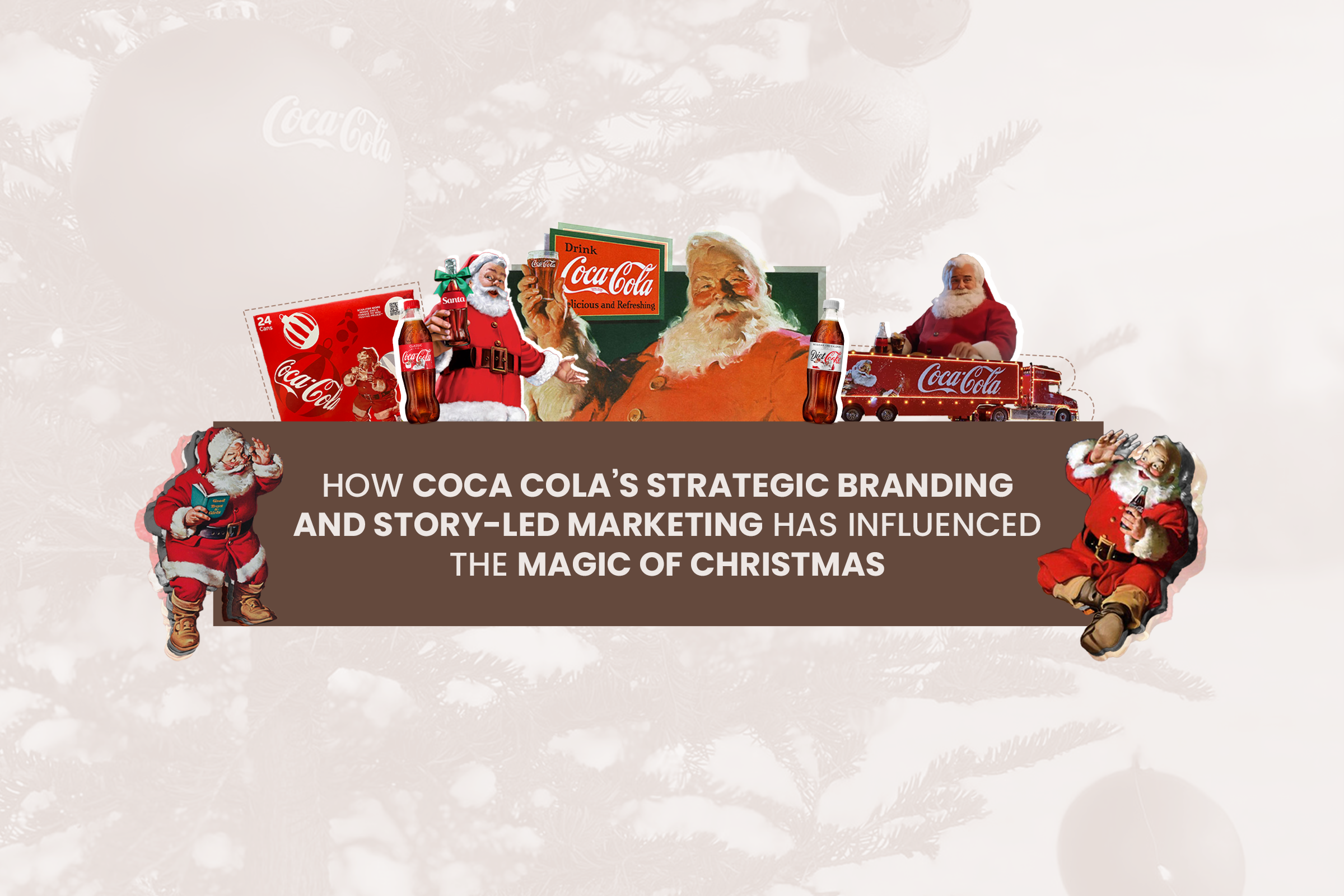
Use Analytical Data for More Personalization
One way to ensure your content resonates is to use data. Be well-informed about your audience’s preferences, interests, and behaviors accumulated over the past year. This data can help you create more personalized and targeted content, thereby increasing resonance and user engagement.
Leveraging User-Generated Content
User-generated content (UGC) is a potent force in brand storytelling, especially during holidays when everyone loves to share their experiences. It’s a creative way to showcase your brand through the eyes of your customers, and it increases the authenticity and trust in your brand.
Encourage your users to share their holiday experiences with your product. Contest, discounts, or feature shoutouts are a few ways to motivate your audience to generate content.
UGC not only creates value but also strengthens customer relationships and fosters a sense of community. Clearly, make it a part of your holiday content strategy.
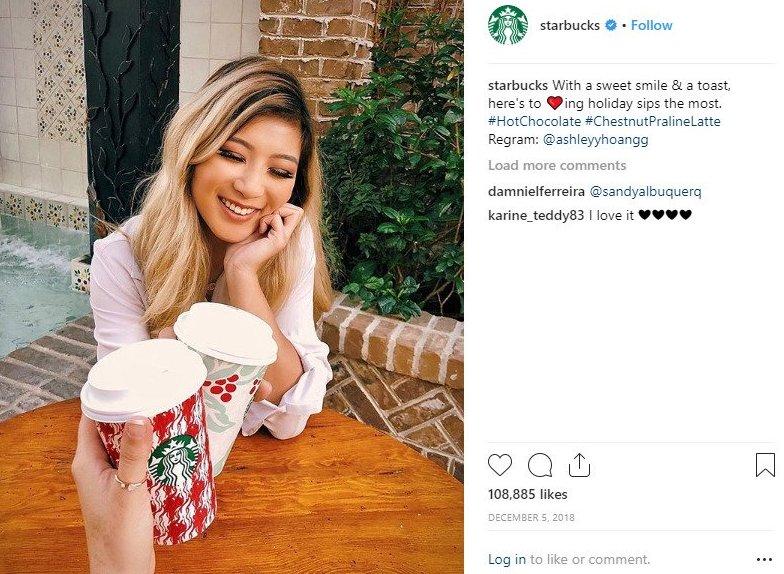
Holiday Promotion Ideas for Your Content
- Harness the power of social media for targeted holiday promotions.
- Embrace the effectiveness of email marketing during festive seasons.
- The content strategies that top marketers employ but rarely share.
Using Social Media for Holiday Promotions
Platforms like Facebook, X, Instagram, and LinkedIn collectively boast billions of users. They are an incredibly fertile ground for spreading the holiday cheer and promoting your content.
First off, themed holiday content stands out. Implementing distinct, festive visuals in your content not only garners attention but also fosters emotional connections with your audience. When you bring the holiday spirit to your social media content, you induce a sense of community that can lead to increased engagement and loyalty.
But it’s more than just dressing up your posts in holiday attire. Consider introducing holiday-specific hashtags or initiating holiday contests and giveaways. Involving your audience in a festive interaction:
- Drives up engagement
- Cultivates brand loyalty
- Promotes your content
Of course, it’s not just about posting; it’s about when to post as well. Scheduling your holiday posts for peak engagement times maximizes your content’s reach.
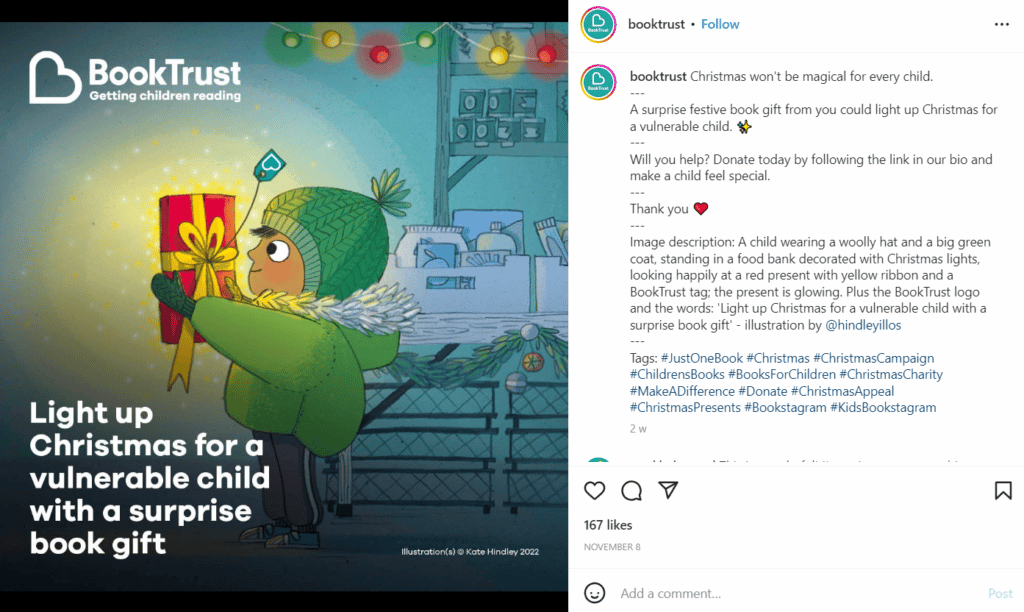
Social Media Advertising During Holidays
Paid advertising on social media can further bolster your promotional efforts during holidays. With precise targeting options, your holiday content can reach a highly specific audience predisposed to engage with your brand.
But remember, successful ads require some finesse – they should:
- Offer value
- Be visually pleasing
- Show clear calls to action
Email Marketing During the Holidays
Marketing campaigns aren’t complete without emails. The holiday season is prime time for email marketers. Why? Because holidays present abundant themes and opportunities to connect with subscribers on a more intimate level.
Begin by segmenting your subscriber list based on people’s past behavior, preferences and demographics. Personalizing your holiday emails for different audience segments increases open rates and cultivates stronger relationships.
In terms of content, sprinkling in a festive cheer and providing special holiday deals or updates about your business would add a nice touch. Emails which wrap valuable content in a festive package can keep your subscribers engaged and looking forward to your next message.

Email Automation During Holidays
The holidays are busy times and email automation can save you significant time while ensuring consistent communication. Set up automated email sequences tied to specific triggers, like a new subscription or completed purchase, to deliver timely holiday content without manual effort.
Once implemented, these holiday promotion strategies can significantly enhance your content reach and engagement. Now that you understand these techniques, the next step is learning how to fully utilize a social media holiday calendar.
Understanding and Utilizing a Social Media Holiday Calendar
Following our discussion on holiday promotion ideas for your content, let’s delve deeper into a tool that keeps you updated with important dates – a social media holiday calendar.
- You will learn what a social media holiday calendar is
- Discover how to create your own
- Understand its effective utilization
What is a Social Media Holiday Calendar?
A social media holiday calendar. Heard of one? It is a comprehensive compendium of holidays, observances and events celebrated worldwide. This crucial tool goes beyond the conventional dates you might already know.
It includes all types of events and anniversaries that stir up social media activities, from National Pizza Day to International Women’s Day, and even quirky observances like Star Wars Day.
On a macro level, a social media holiday calendar helps you organize and plan your marketing content strategically. It enables you to craft content that’s in sync with ongoing trends and discussions, boosting your visibility and engagement.
How to Create a Social Media Holiday Calendar
Creating a social media holiday calendar might seem like a daunting task, but it doesn’t have to be. Start by identifying key dates important to your industry and audience and key channels, then broaden your horizon to include more general and offbeat holidays.
Remember to consider both international events and local observances. Compile these details on a calendar – digital or traditional. The level of detail entirely depends on you. You may just include the date and event or add a short description of how it relates to your brand.
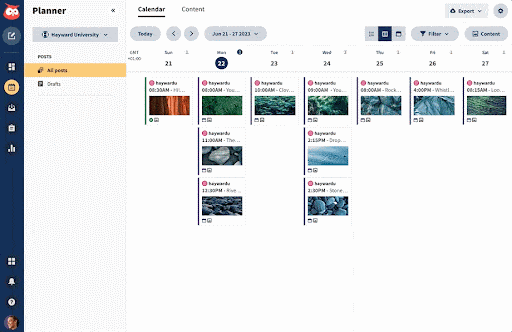
How to Use a Social Media Holiday Calendar Effectively
Having a social media holiday calendar is one thing; using it effectively is another. Begin by incorporating key dates into your content marketing strategy. Create engaging and relevant content around these special events, optimize for SEO, and schedule them timely for maximum reach.
However, don’t force a connection. Ensure your content aligns naturally with the holiday or event, maintaining relevance and authenticity.
At the intersection of anticipation and preparation, your social media holiday calendar could be the difference between forgettable content and a successful marketing campaign. By recognizing and celebrating these assorted moments with your audience, you not only increase your brand’s visibility but also foster a community feel. Enter, a new level of engagement.
Your Holiday Content Guide: The Unseen Picture
Top marketers thrive by timing content with a holiday schedule leveraging their campaigns. They bet on early preparation and distinct messaging that resonate with the holiday spirit. Armed with these tactics, any business, no matter its scale, can make the best use of holiday periods.
Understand the importance of strategic timing. Employ early preparation. Craft unique holiday messages. Your content strategy now speaks in the language of top marketers.
This insight isn’t something to be read and forgotten. It’s a secret weapon that can elevate your marketing strategies, giving your brand an unforgettable appearance during holiday seasons. Use it well.
Start by diving into your content calendar. Identify upcoming holidays and important dates. Create a content plan aligning with these times. Remember, prepare early and ensure your messages are loud, clear, and festive.
Wondering how early is early enough for holiday content preparation? Will a month prior be sufficient, or should one prepare quarter ahead?
Make your brand gleam among the myriad twinkling holiday lights.

